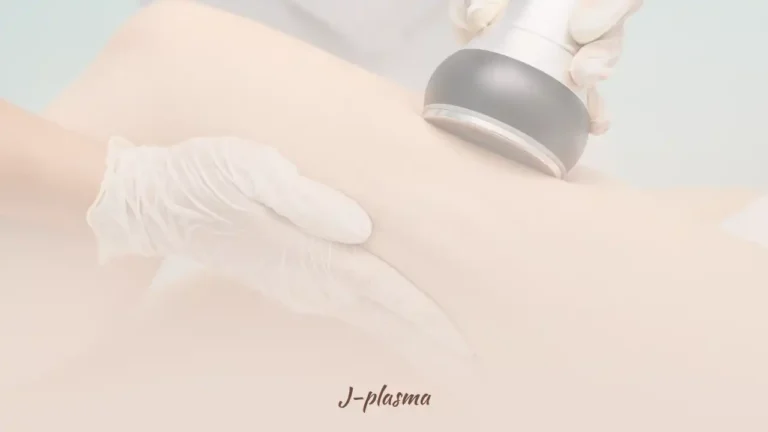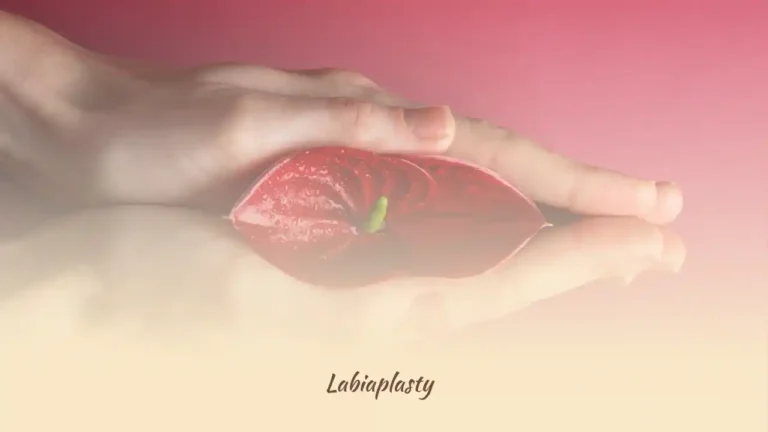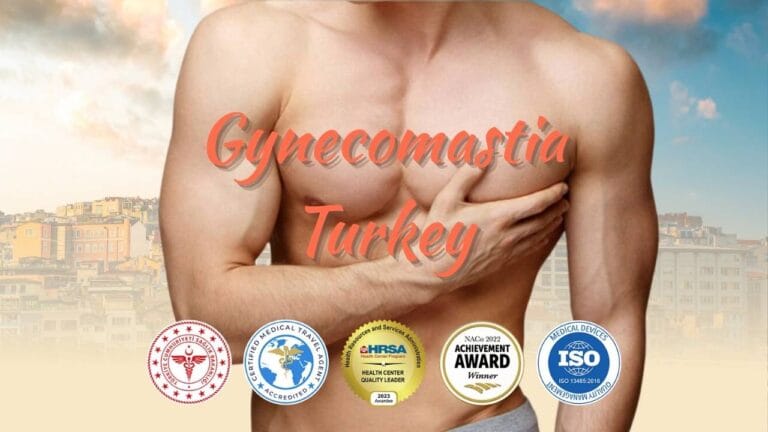Choosing a Fleur-de-Lis Tummy Tuck in Turkey is often the final, transformative step for patients who have achieved massive weight loss but are left with a persistent “skin apron” that a standard tummy tuck cannot fully address. We understand the frustration of having a boxy torso despite your hard work; while the weight is gone, the central skin laxity remains. Clinic Care Center offers this specialized vertical abdominoplasty to contour the waistline dramatically, restoring a shape that matches your new health.
Why a Standard Tummy Tuck Isn’t Enough for Massive Weight Loss
A standard Abdominoplasty is designed to remove excess skin using a horizontal incision from hip to hip. This works well for post-pregnancy patients where the laxity is primarily vertical (up and down). However, patients who have lost 40kg, 50kg, or more often suffer from significant horizontal laxity (side-to-side looseness).
If we only pull the skin down, the waist remains undefined and “boxy.” The Fleur-de-Lis (FDL) Tummy Tuck solves this by removing a wedge of skin both horizontally (like a standard tuck) AND vertically (down the midline). This dual-vector excision acts like a surgical corset, pulling the waist in from the sides to create a dramatic waistline narrowing that is impossible to achieve with standard methods.
Clinic Care Center: Expert Warning
We prioritize transparency. The Fleur-de-Lis technique leaves a permanent, vertical scar running from your pubic bone up to your breastbone (sternum). This results in an ‘Inverted-T’ shape. While it allows for dramatic waist definition and removal of the central skin roll, the scar will be visible in a two-piece swimsuit. You are trading loose skin for a scar. If you cannot accept a vertical scar, this procedure is not for you. Healing requires strict rest to prevent wound separation (dehiscence) at the T-junction.
Standard Abdominoplasty vs. Fleur-de-Lis (FDL)
To determine if you need the extra vertical incision, compare the outcomes and trade-offs of both procedures below.
| Feature | Standard Tummy Tuck | Fleur-de-Lis (FDL) Abdominoplasty |
|---|---|---|
| Incision Pattern | Hip to hip (Low horizontal only). | Inverted-T. Horizontal + Vertical midline incision. |
| Waist Definition | Moderate. Tightens front muscles. | Dramatic. Removes excess width like a corset. |
| Ideal Patient | Post-pregnancy or moderate weight loss. | Massive Weight Loss (40kg+) with central laxity. |
| Scarring | Hidden in underwear line. | Visible vertical line up the stomach. |
| Recovery | 2 – 3 weeks. | 3 – 4 weeks (Higher tension on closure). |
Risks & Complications: The T-Junction
The Fleur-de-Lis is a complex reconstructive surgery with specific risks that patients must understand:
- T-Junction Breakdown: The point where the vertical and horizontal incisions meet (the “T”) has the poorest blood supply. It is the most common spot for wound dehiscence (separation) or delayed healing. Keeping the incision dry and avoiding tension is critical.
- Necrosis: The risk of tissue death is significantly higher in smokers. We enforce a strict “No Smoking” rule for at least 4 weeks prior to surgery to protect the blood vessels.
- Seroma: Because extensive tissue is removed, fluid collection is possible; therefore, surgical drains are mandatory for the first few days to prevent swelling.
Frequently Asked Questions about FDL Surgery
Why is it called Fleur-de-Lis?
The name comes from the shape of the skin marking made on the abdomen before surgery. When the horizontal and vertical wedges of skin are marked for removal, they resemble the three-petaled lily flower (Fleur-de-Lis).
Can I fix my muscle separation (Diastasis Recti) with FDL?
Yes. The FDL provides excellent access to the abdominal wall. The surgeon will suture the separated muscles back together (Plication) along the entire midline, further flattening the stomach.
Will insurance cover it?
In the context of medical tourism, it is usually a self-pay procedure. However, if the hanging skin causes documented medical issues like chronic rashes or infections (Intertrigo), some international insurance policies might consider it reconstructive.
How long do I need to stay in Turkey?
Due to the extent of the incision and the need for drain management, we require a minimum stay of 10 to 12 days in Istanbul. This allows us to monitor the T-junction for healing before you fly.
Does the vertical scar fade?
Yes, the scar will fade from red to pink and eventually to white over 12 to 18 months. However, it will never disappear completely. Laser treatments and silicone sheets can help improve its appearance.
Can I combine it with a breast lift?
Yes, combining FDL with a Breast Lift or Reduction is a common “Post-Bariatric Mommy Makeover.” However, this increases surgery time and recovery difficulty, so patient health must be optimal.
When can I exercise?
You must avoid heavy lifting and core exercises for 6 to 8 weeks to protect the muscle repair and the skin incisions. Walking is encouraged immediately to prevent blood clots.
Define Your New Shape.
After significant weight loss, you deserve a body that reflects your hard work. At Clinic Care Center, our surgeons specialize in post-bariatric reconstruction using the Fleur-de-Lis technique to restore your waistline. Contact us today for a compassionate assessment of your skin laxity and a personalized surgical plan.
Also Read:
Labiaplasty
Vaginoplasty
Abdominoplasty (Tummy tuck)
Six Packs
Arm Lift
Brazilian Butt Lift (Bbl)
Gynecomastia
Thigh Lift
Vaser Liposuction
J-plasma
Mommy Makeover
Penile Enlargement
Scar Revision
Back Lift






